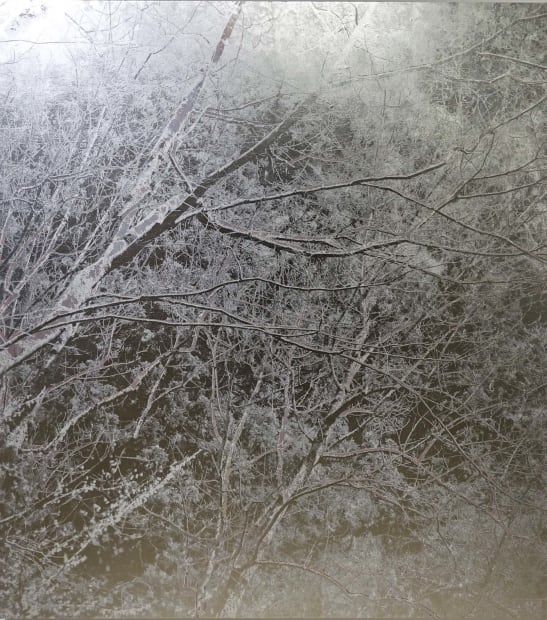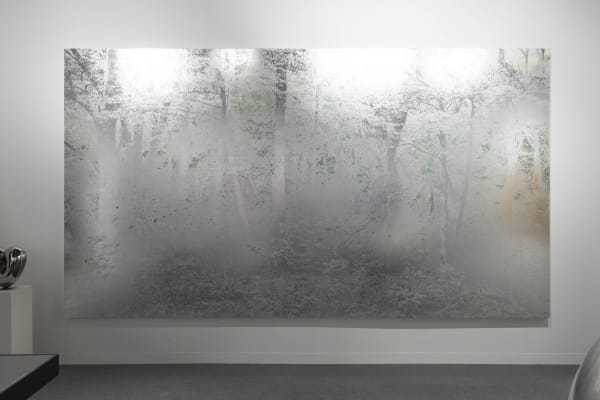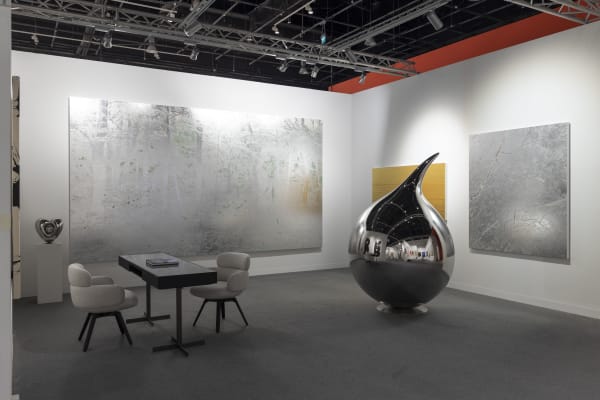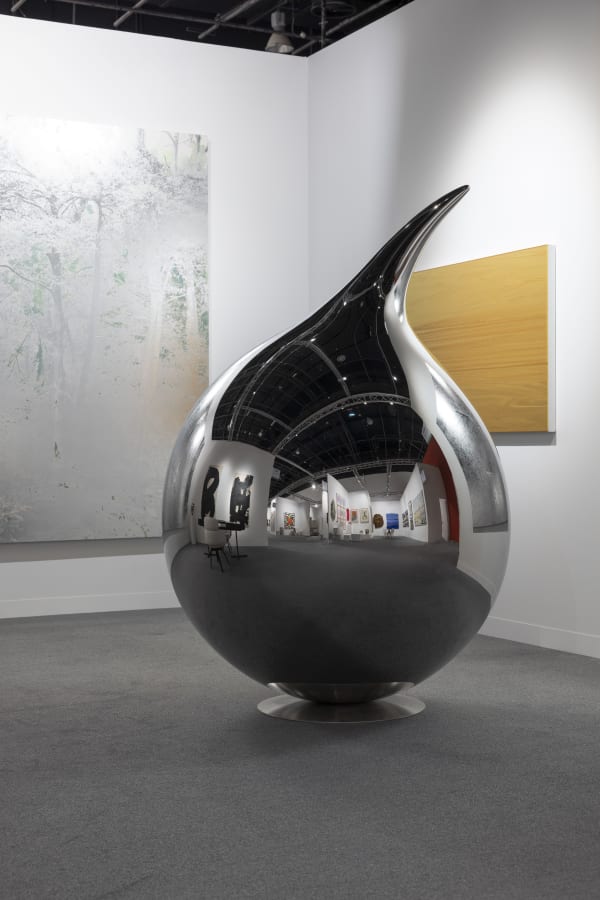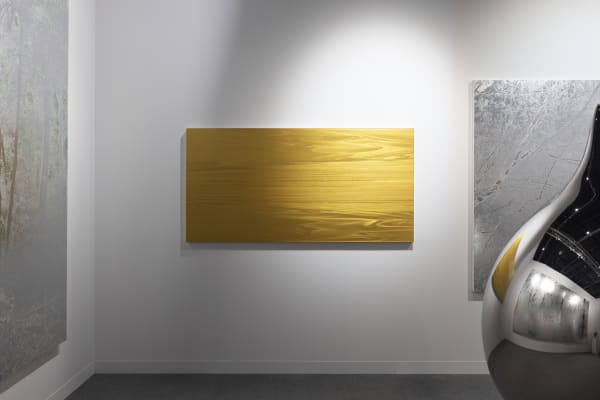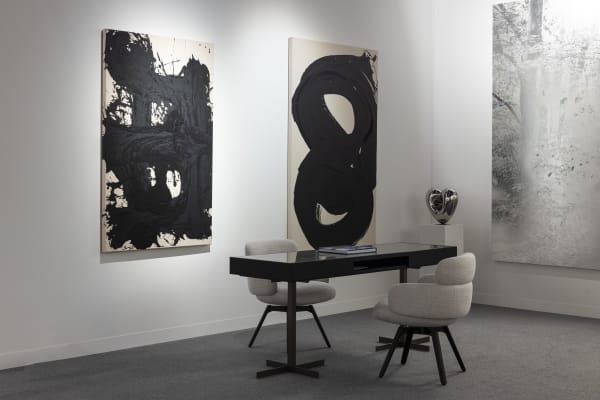-
-
JD Malat Gallery is delighted to participate in Abu Dhabi Art Fair 2025, from November 18 to 23. At Booth A26 we are showcasing a selection of exciting works in various media by Colombian artist Santiago Parra (b. 1986), British artist Richard Hudson (b. 1954), Japanese artist Masayoshi Nojo and American artist Andy Moses (b. 1962).
-
 Richard Hudson, Tear, 2020, Polished Mirrored Steel, 78 3/4 x 52 1/4 in, 200 x 132.8 cm
Richard Hudson, Tear, 2020, Polished Mirrored Steel, 78 3/4 x 52 1/4 in, 200 x 132.8 cm -
 Andy Moses, Geomorphology 1108, 2025, Acrylic on canvas, 36 x 72 in, 91.4 x 182.9 cm
Andy Moses, Geomorphology 1108, 2025, Acrylic on canvas, 36 x 72 in, 91.4 x 182.9 cm -

Santiago Parra, Untitled, 2025, Acrylic on canvas, 63 x 39 3/8 in, 160 x 100 cm
-
 Masayoshi Nojo, Mirage#36, 2019, Cotton on panel, acrylic, silver foil, aluminium foil, 66 7/8 x 59 1/8 in, 170 x 150 cm
Masayoshi Nojo, Mirage#36, 2019, Cotton on panel, acrylic, silver foil, aluminium foil, 66 7/8 x 59 1/8 in, 170 x 150 cm
Abu Dhabi Art Fair 2025 : Booth A26
Past viewing_room




